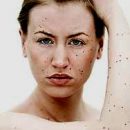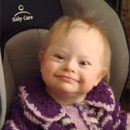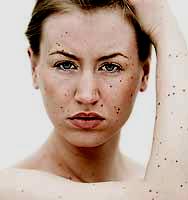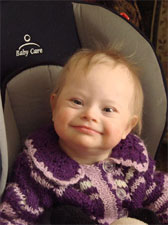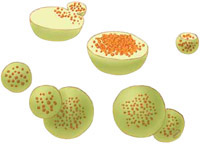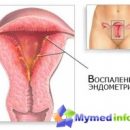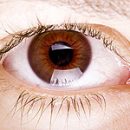Tumors - a dangerous thing. If they choose the place of their nerves deployment, then, in some cases, you can talk about such a phenomenon as neurofibrome. Where does Recklinghausen's disease? - you ask. The answer to this question you will find in this article.
Content
Neurofibrome, she is fibronew
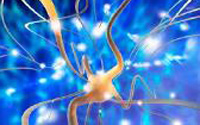 As a rule, nerve tumors are benign tumors affecting the main nerve barrel or its branches. Although any nerves suffer, including the spinal roots and a horse tail, more often the tumors are subcutaneously in the form of soft formations, sometimes red, (with damage to skin nerves, manifests themselves with multiple elastic easily palpable nodes).
As a rule, nerve tumors are benign tumors affecting the main nerve barrel or its branches. Although any nerves suffer, including the spinal roots and a horse tail, more often the tumors are subcutaneously in the form of soft formations, sometimes red, (with damage to skin nerves, manifests themselves with multiple elastic easily palpable nodes).
There are two main varieties of nerves tumors: Swannomes and neurofibromes.
Neurofibrome (Fibronvroma) - a benign twoker of peripheral nerve, developing from Schwann cells and cells called fibroblasts. Occasionally undergoes malignant transformation.
As a rule, nerve tumors are benign tumors affecting the main nerve barrel or its branches. Although any nerves suffer, including the spinal roots and a horse tail, more often the tumors are subcutaneously in the form of soft formations, sometimes red, (with damage to skin nerves, manifests themselves with multiple elastic easily palpable nodes).
Neurofibromes are more often multiple. They may die. Neurofibromes - the characteristic feature of neurofibromatestose type I. In this disease, the number of neurofibrom varies from one to several thousand.
Neurofibromes are most often asymptomatic, but during localization in a closed space (for example, in the intervertebral opening) may cause radiculopathy or neuropathy.
Neurofibromes may be subjected to malignant reincarnation in neurofibrosses.
So, what is the disease Recklinghausen?
Neurofibromatosis of type I, or Reflinghausen's disease, is characterized by neurofibromes, as well as focal skin hyperpigmentation - the so-called stains of color coffee with milk. The identification of at least six spots of coffee color with milk diameter over 1.5 cm allows you to diagnose neurofibromatestose type I.
Other manifestations of disease include:
- Benign iris tumors (so-called lichen nodules),
- Similar to freckles Small spots in the armpits,
- False joint of the tibia.
In addition, it is possible:
- hydrocephalus,
- scoliosis,
- Low rise,
- Arterial hypertension,
- mental retardation.
The cause of the disease is the mutation of the gene called NF1.
In neurofibromatosis of type I, significantly increased the risk of developing diseases such as plexiform neurofibrome, glyome of the optic nerve, feochromocytoma, meningioma, astrocytoma.

